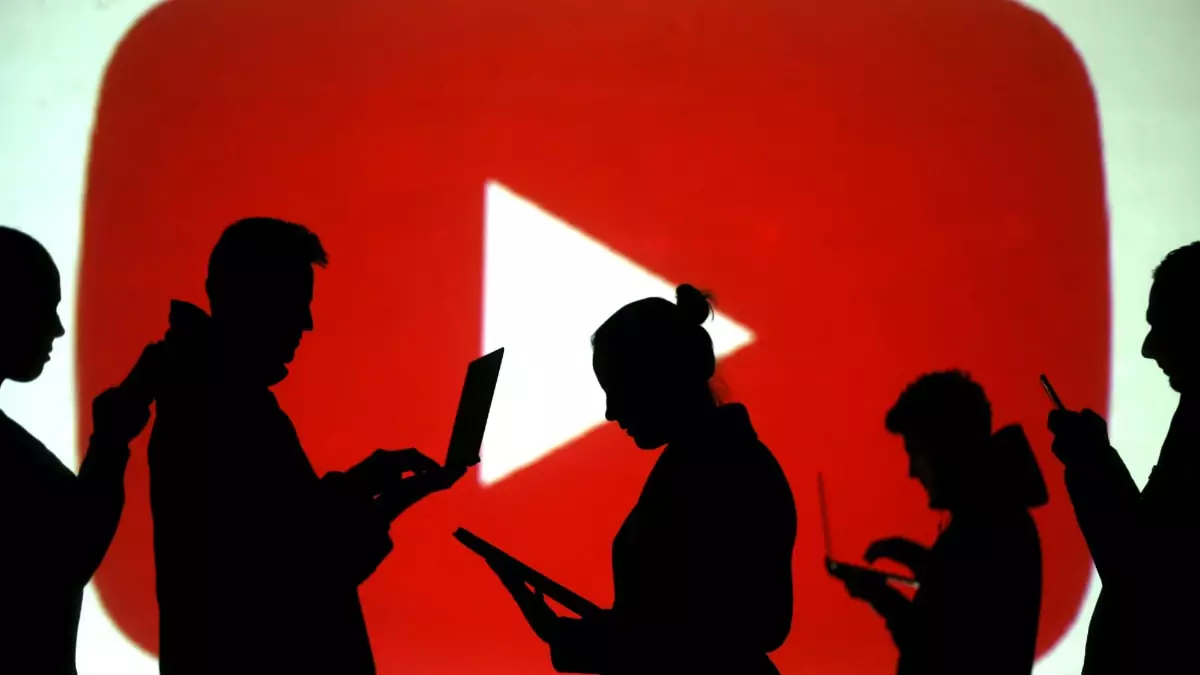Australia’s eSafety Commissioner, Julie Inman Grant, has ignited a critical debate regarding the safety of young Australians in the digital landscape. Her plea to reverse YouTube’s controversial exemption from a proposed social media ban on platforms for users under 16 highlights a disturbing trend—that YouTube is the most widely used social media platform and the leading source of risk for youth. Inman Grant’s assertions call into question the fairness and responsibility of legislation that seemingly favors a single corporation over the broader welfare of children.
The Dark Side of Popularity
Inman Grant’s revelations about YouTube are alarming. Misogynistic content, hateful rhetoric, violent confrontations, and perilous online challenges abound on the platform, which is a stark contrast to the image of YouTube as a creative haven. The Commissioner’s concern for the mental health of young Australians, particularly in relation to disordered eating and suicidal ideation, reflects a growing consensus that the platform’s influence is more harmful than benign. It begs the question: how can a platform that plays such a pivotal role in shaping young people’s views and mental health be allowed to operate unfettered?
A Call for Consistency and Equity
Inman Grant has emphasized the need for legislation that is “fair, consistent, and proportional.” Her call suggests that the current regulatory framework is not only lacking but also tailored to benefit select entities at the expense of others. Competitors like Meta and Snap are understandably dissatisfied, feeling the sting of what seems to be a double standard. This frustration echoes broader concerns about digital monopolies and the implications they have on competition, diversity, and innovation in the tech landscape. In an age where vigilance against online hazards is paramount, the regulatory approach must be even-handed across the board.
The Politics of Regulation
The nuances of Australian digital policy paint a picture of political maneuvering that prioritizes relationships with major corporations over the safety of its youngest citizens. The revelation that the government committed to YouTube’s exclusion before establishing a transparent consultation process raises eyebrows. It evokes skepticism about the integrity of the legislative process and the motivations behind such decisions. If public safety is truly the objective, why are policy decisions made in the shadows, devoid of public discourse?
What Lies Ahead: A Collective Responsibility
As Australia grapples with the ramifications of its digital safety policies, it becomes evident that the issue transcends a single platform. It speaks to a broader cultural responsibility among companies, regulators, and society at large to prioritize the well-being of youth. Building an informed, resilient generation in a digital context is challenging yet crucial. As stakeholders engage in discussions about safety and regulation, the real aim should be creating an environment where youth can thrive without the overshadowing risk of harm from online platforms. The impetus lies on not just regulators but also corporations to facilitate positive digital experiences.


Leave a Reply